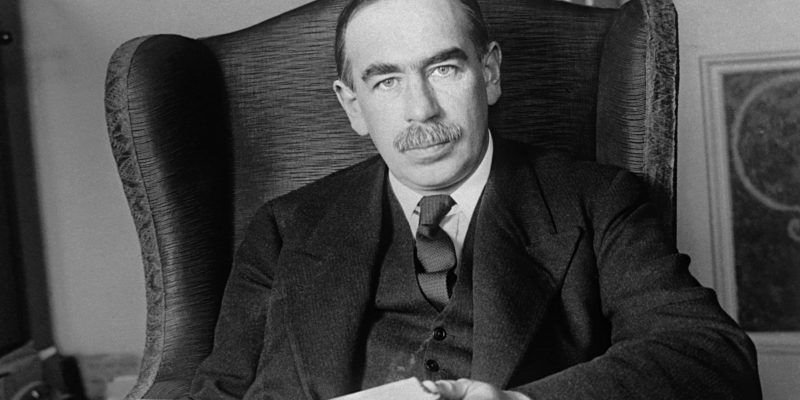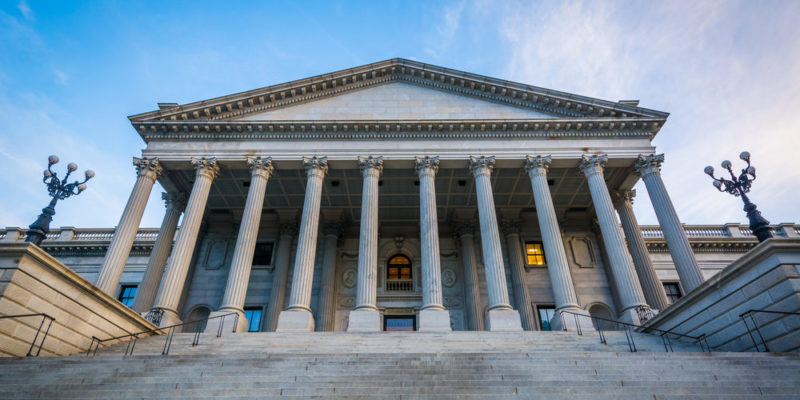We explain what state interventionism is, its characteristics, and its history. Plus, Keynes’s theory, examples, and more.
What is state interventionism?
State interventionism is any government action to regulate public administration that impacts the economic, political and social activity of a nation. It is a broad term that encompasses various ways of acting by the State. The extreme cases are the absolute control of the government or the lack of intervention that relegates power to the laws of the free market.
The State can intervene through the promotion of certain industries and the discouragement of others, a tax system in particular, the sanction of withholdings in order to collect and reduce the power of private companies , reorient the country’s economy to acquire ability to export, among others.
Characteristics of state interventionism
Among the main characteristics of state interventionism, the following stand out:
- The constant participation of the State in the management of public administration.
- The implementation of fiscal policies , that is, of taxes and subsidies for citizens and for companies.
- The control of financial and monetary activity in order to maintain a balance between the private and public economy, and avoid monopolies .
- The control of commercial activities that includes the opening to the world market, customs taxes and the protection of internal trade .
- The development of public works to expand and improve infrastructure.
- State investment in education and health, social assistance and promotion of public policies to reduce social inequity.
- The implementation of policies through laws and regulations . In the cases of totalitarian governments , they are executed by force.
History of state interventionism
State intervention dates back to the Ancient Age in which the monarchical government administered the production of the land and the workers had to pay tributes or taxes to the State, which were used for military spending and the monarchy . At that time there were no health or educational institutions that the government had to take charge of.
During the Middle Ages from the 5th century AD. C. the city-states were created and the monarchical government established the feudal system in which the king divided the lands and entrusted them to different feudal lords who exploited them at the expense of the work of their serfs. The feudals had to pay taxes to the monarch.
Throughout history , different confrontations and social revolutions took place that ended up overthrowing the monarchies of Europe . Thus, the capitalist system that reached its peak in the nineteenth century was established .
Capitalism is also based on the interventionism of the State to lead the nation, through the collection of taxes and the sanction of measures based on public administration, among other actions.

The economic theory of the British John Maynard Keynes (1883 – 1946) explained the importance of state intervention to moderate periods of boom or bust in economic activity, because he argued that the market alone could not do it. The theory was highly influential in dealing with the Great Depression of 1929, which was a financial crisis in the United States with a worldwide impact.
Keynes refuted the old concept that the free market could balance itself and generate full employment by relaxing the wage demand of job applicants. On the contrary, state intervention was necessary, for example, with monetary policies that moderated inflation to encourage investment and that, in turn, increased the employment rate.
In addition, he argued that the consumption of the population , companies and the government were the most important engine of a country’s economy and it was the State that should maintain the balance of the market through public policies that promoted full employment and stability. Of the prices.
For Keynes, the intervention of the State in moments of crisis was key to reactivate consumption, through measures that promote employment, since if the population has money they will be able to spend it and that will maintain the cycle of production and consumption of the market.
Limits of state intervention

State intervention must strike a balance between the control it exercises over public administration and the free market . Otherwise, an absolutist state may result that controls and manages the productive force, public spending and private property , or an absent state in which the market is governed by the large monopolies.
Examples of state interventionism

Among the main types of state interventionism that are implemented through decrees and laws, the following stand out:
- Collect through taxes for the consumption of services and for the purchase of goods.
- Apply withholdings for the possession of a certain amount of goods or a certain amount of salary in a dependency relationship that exceeds an established range of values.
- Stipulate the amount of a minimum wage , based on a poverty index .
- Establish specific working conditions .
- Control and regulate market prices, such as food or medicine.
- Moderate the devaluation of the local currency with respect to its backing in foreign currency.
- Apply retentions to products or services acquired from abroad.
The above content published at Collaborative Research Group is for informational and educational purposes only and has been developed by referring reliable sources and recommendations from technology experts. We do not have any contact with official entities nor do we intend to replace the information that they emit.














